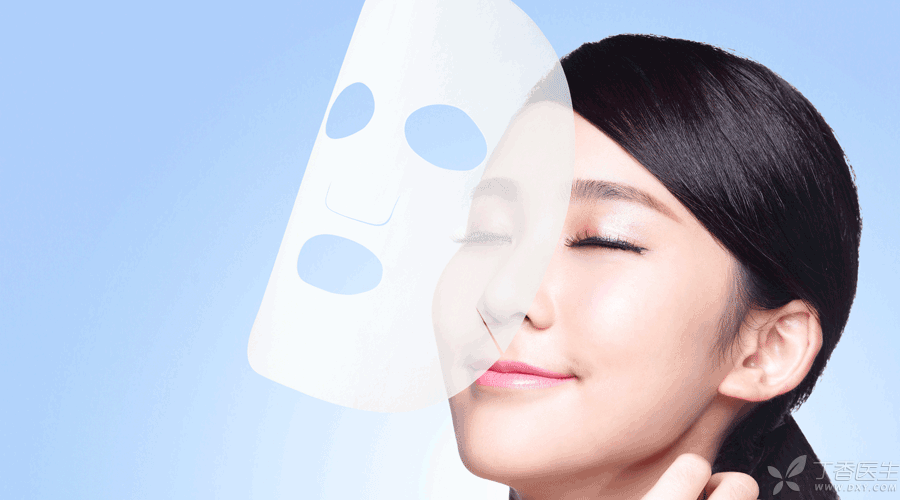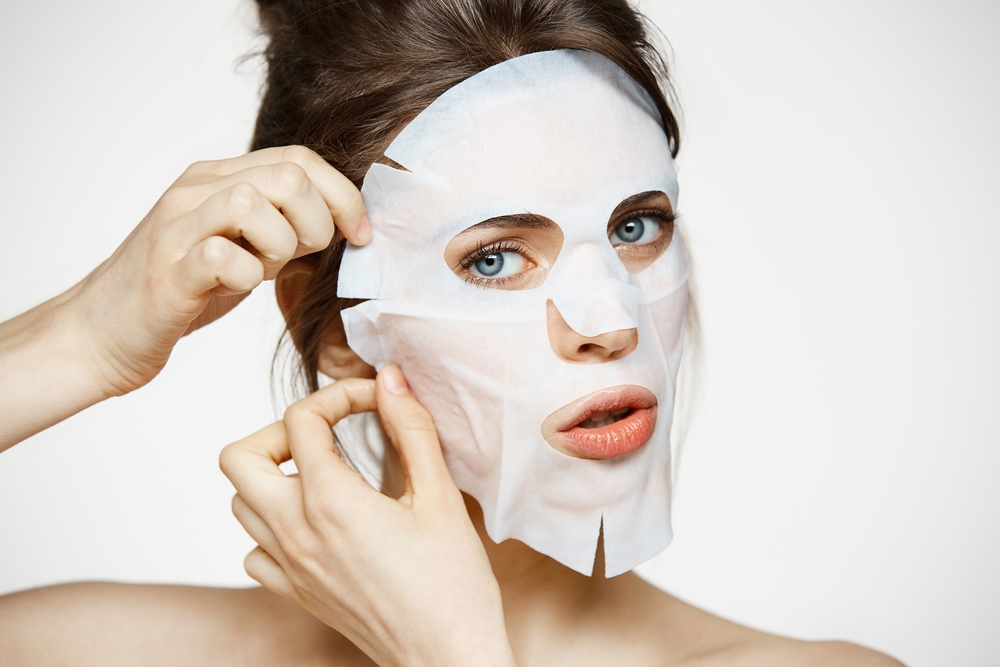
Recently, Guangdong Food and Drug Administration conducted a large-scale random inspection of facial masks sold online, and found that nearly 1/4 of the random inspection facial masks are like opium, which can make skin addicted as long as they are used for 2 weeks. Moreover, once they are stopped, the skin quality is getting worse and worse. The vast majority of these facial masks are not produced by regular enterprises and are illegal products.
As soon as the news was reported by CCTV, it immediately caused quite a stir. Many people can’t help asking: Are these unknown cosmetics containing what? Will they really become addicted like opium after using them?
Glucocorticoid
Glucocorticoid is the favorite of illegal cosmetics and is also the hardest hit area found by Guangdong Food and Drug Administration.
Glucocorticoid, as an external drug, is widely used in dermatology and is the main force in the treatment of allergic skin diseases such as urticaria and eczema. It has anti-inflammatory and anti-allergic effects.
When it was first used, Due to its powerful anti-inflammatory function, Often make the skin first present a smooth and white state, such as shelled cooked eggs. However, every professional dermatologist knows that this kind of drug is under the premise that the disease condition can be controlled, it is best not to use it continuously for more than 2 weeks, otherwise there will be certain risks and some local adverse reactions will begin to appear, such as:
- Hot, pruritus, stabbing pain, tightness, skin sensitivity; Skin flushing and telangiectasia; Pigmentation, dark skin or brown spots; Hair (smaller hair) proliferates.
When users find abnormalities and want to stop using the cosmetics, it is usually too late. Moreover, stopping use will further aggravate the above adverse reactions and evolve into large areas of erythema, papules, acne, etc.
Users often have to go to the hospital and spend more time and money to get rid of this nightmare. From this perspective, hormone masks are indeed very much like opium.
[Detoxification] is painful, but hospitals still have ways to think about it.
- Decreasing hormone: For patients with long course of disease and severe rebound after drug withdrawal, weak hormone is used for transition or calcineurin inhibitor is used instead; Beauty treatment: Shu Min anti-inflammatory medical skin care products without pigment and perfume are used to moisturize, protect from sun and repair skin barrier functions; Phototherapy: Use low-energy pulsed light or red light for treatment to reduce inflammation.
In terms of daily care, long-term external use of glucocorticoids will lead to the destruction of skin barrier function, making the skin sensitive to various physical and chemical stimuli from the outside world. Patients themselves should pay special attention to avoid sun exposure, cold and hot stimulation, alcohol and tobacco, etc., and try not to eat spicy and irritating food.
China’s < < Cosmetics Hygiene Standard > > clearly stipulates that glucocorticoids shall not be added to cosmetics. Therefore, only three non-products of unknown origin were found to contain such substances in this sampling inspection, while regular manufacturers subject to national supervision rarely do such obscure business, because they are afraid of being punished so that their mothers do not know them.
In addition to hormones, three non-cosmetics may also contain the following illegal additives
1. Antibiotics
Antibiotics are usually added to anti-acne cosmetics. This is because acne bacilli, although not the main cause of acne (commonly known as [acne]), can aggravate the disease, and the disease often improves after external antibiotics are applied.
However, not all acne patients need antibiotics. Indiscriminate abuse and irregular use (insufficient dose or course of treatment) may lead to drug-resistant strains.
When the patient can’t handle his acne well and finally comes to the dermatological department of the hospital, the common antibiotics prescribed by the doctor often have poor curative effect, which makes the disease even more difficult.
Therefore, China’s < < Cosmetic Hygiene Standard > > also expressly prohibits the addition of antibiotics to cosmetics.

2. High concentration of cutin stripping agent
Taking salicylic acid as an example, as an economical and efficient cutin regulator, when used at that time, it can promote the exfoliation of aged cutin, commonly known as [exfoliation], thus achieving the effect of making skin tender and smooth. However, if not used properly, it often causes skin to be too thin, sensitive, capillary dilated, and even burns, leaving scars.
These include:
(1) The concentration is too high to be suitable for individuals.
0.5 ~ 2% salicylic acid is a kind of cutin promoter, while more than 5% salicylic acid is a real cutin exfoliator, which may cause large-area peeling of the use site and must be used under the guidance of doctors.
(2) Use too frequently
Human keratinocytes form from the basal layer of the skin, gradually move out to the skin surface, and finally become dead skin peeling off. This process takes 28 days, so when exfoliation behavior is too frequent, keratinocytes will not be able to compensate.
China’s “Cosmetic Hygiene Standard” stipulates that, In cosmetics used for skin absorption, the content of salicylic acid shall not exceed 2%. This content cannot achieve the effect of [exfoliating skin] in a short period of time. It can only make the keratinization of the epidermis mature and naturally fall off, and the effect is slow. Therefore, some illegal manufacturers will produce salicylic acid cosmetics with higher concentration, calling it whitening and rejuvenation, which will make you [look new].
Those with rough skin and thick flesh can still bear it. After using it, those with sensitive skin often suffer from local erythema and peeling, accompanied by burning sensation, similar to a chemical burn, which is indeed [beyond recognition].
3. Heavy metals
Heavy metals are not completely not allowed to appear in cosmetics, but there are strict requirements for the content, because residues in production are inevitable. However, as long as there is no manual addition, heavy metals below a certain dose are basically harmless to human body. However, there are always illegal manufacturers who want to harm people out of interest.
Take mercury (commonly known as mercury) as an example. Mercury in ionic state can inactivate tyrosinase, inhibit the production of skin melanin, and has whitening effect. Illegal manufacturers cater to the psychology of some people who are eager for quick success and instant benefits and pursue rapid and significant whitening. Mercury compounds are artificially added to whitening and freckle removal products, resulting in mercury ions exceeding the standard.
At the beginning of use, it seems to be beautiful and white, but after a long time, it leads to mercury poisoning, and slowly causes neurasthenia, oral mucosal inflammation, hand tremor and other symptoms to varying degrees.
China’s < < Cosmetic Hygiene Standard > > strictly stipulates the limits of heavy metals, of which mercury is less than 1 mg/kg, lead is less than 40 mg/kg, and arsenic is less than 10 mg/kg.
The above harmful additives should not appear in regular products, only three non-products. This is why dermatologists insist that cosmetics of unknown origin in the circle of friends cannot be bought.
If you buy cosmetics without a complete approval number and license number, please do not use them, discard them immediately, and call [12331] to report and complain to the local food and drug regulatory authorities so as not to victimize more people.
